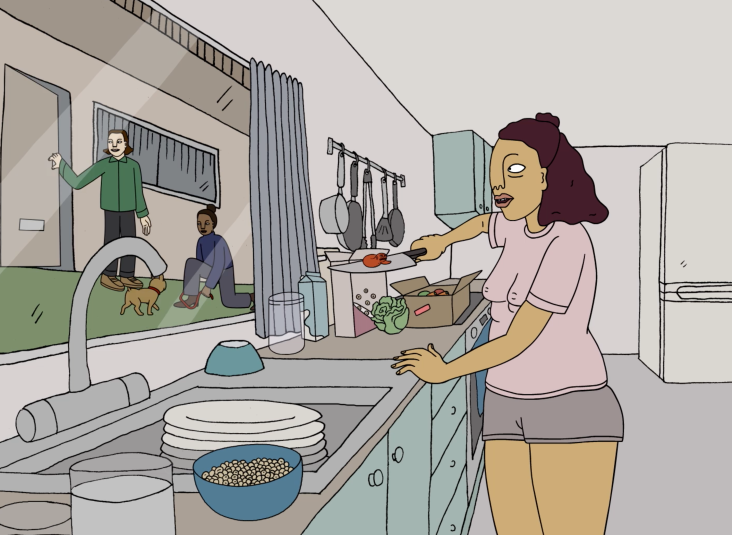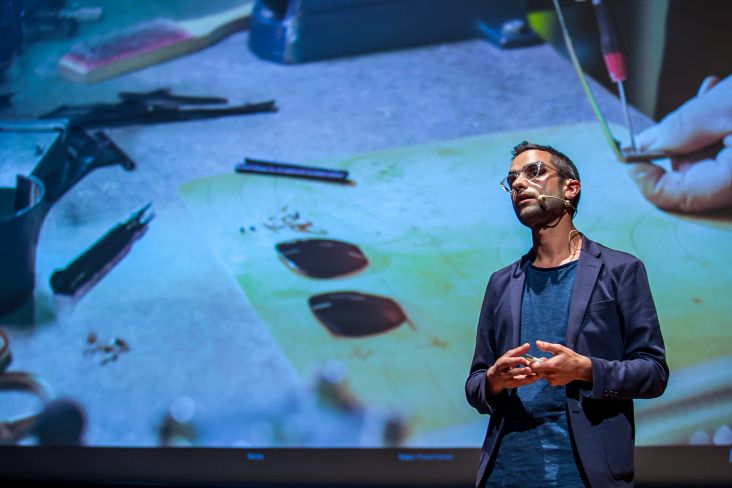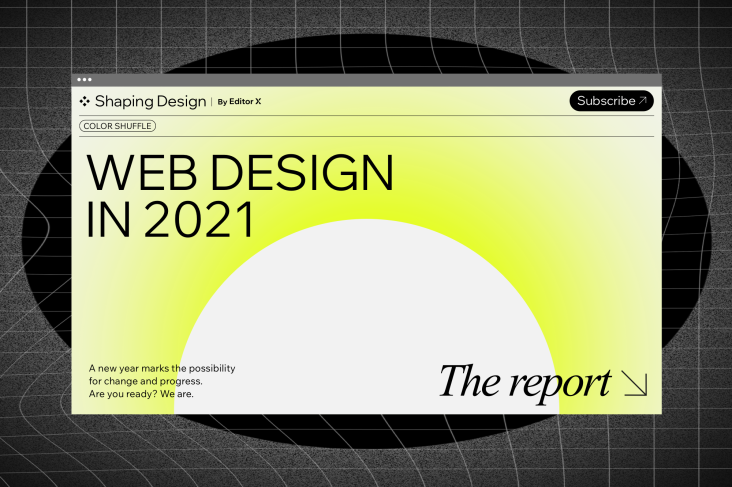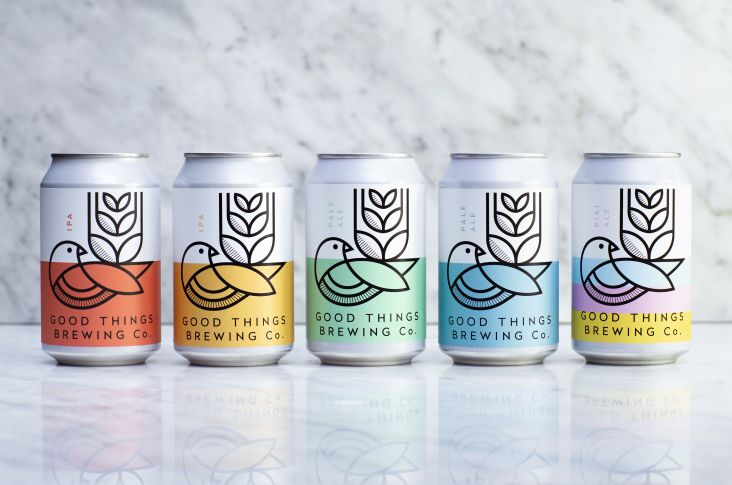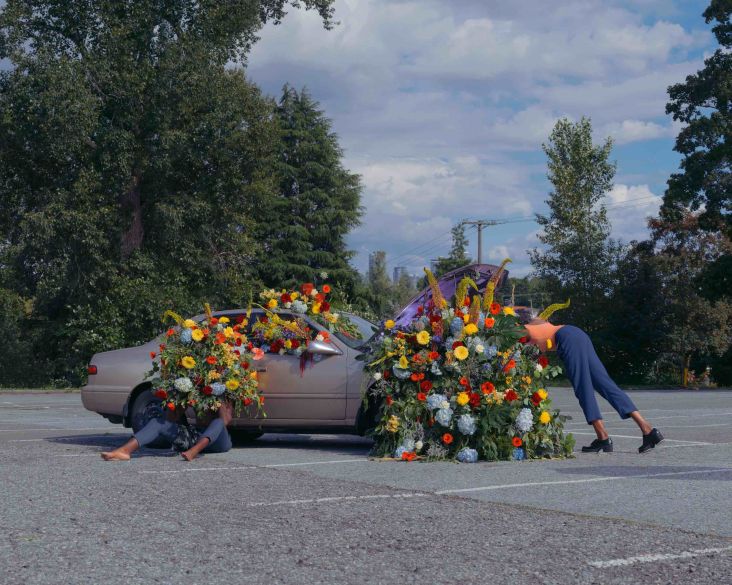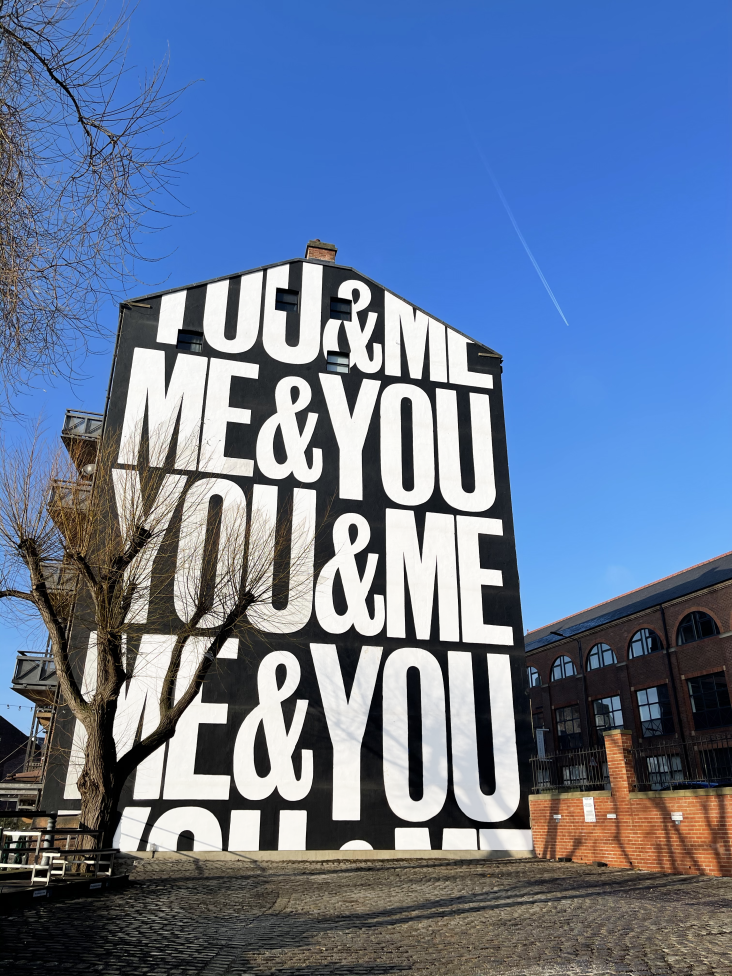Five predictions for creative jobs in 2021
The world changed more dramatically in 2020 than anyone could have imagined. But what impact has this had on the creative industries, and what will it mean for our jobs in the year to come?

Image licensed via Shutterstock / By DimaBerlin
Created knows a thing or two about creative careers, as an academy firmly focused on giving designers the real-world skills the industry requires today. So we've teamed up with Created to offer five predictions for creative jobs in 2021, and explain how you can benefit from them.
1. More jobs and better salaries
Across the board, 2020 was a disastrous year for most sectors of the economy. But the design industry has escaped the worst, and some designers have even ended up better off at the end of the year than they were at the start. And that makes sense because with society moving online for most of its activities, every company has become a digital company, and the need for great design to distinguish a brand has never been more urgent.
This is borne out by a salary report released this week by London recruitment agency Aquent, which concludes that "designers have become the most 'in-demand' [of creative professionals] as user experience becomes vital to industry survival."
In the words of its MD, Aliza Sweiry, "Whilst salaries have stagnated overall; it is promising to see is that the creative industries are performing well and are still taking on new staff. This is a perfect time for the world of design [which is] reaping the rewards of an industry now focused on eCommerce."
2. A better home/life balance
Once, the line between employees and freelancers was clear. The former generally commuted to an office and had set hours; freelancers worked from home and had more ability to set their own schedule. In 2020 that line became blurred, with remote working becoming the new normal for staff, and the demands of homeschooling meaning bosses had to become much more flexible about how and when people worked.
Right now, we're all missing the buzz and energy of a lively office, and can't wait to get back to seeing our colleagues face to face. But even when that does happen, we predict that few will wish to return to the 9-5, five full days a week. There are a lot of good things about working from home, and even once we're no longer worried about Covid, that genie can't be put back in the bottle entirely.
Given that design agencies have proved they can deliver superlative work from the comfort of their own kitchens, few designers are likely to want to spend large chunks of every day on tiresome commuting when they could just come in, say, one or two days a week. And we believe (and hope) this will lead to a much better work-life balance for working designers everywhere.
3. Degrees become less important
Even before the pandemic, many in the creative industries were questioning whether you needed a degree to work as a designer. Three years and huge debts are a lot of commitment when you consider how many designers have forged successful careers without ever attending university. Especially, given that in the Pandemic era, many students are, in practice, self-isolating and learning on their own anyway.
If you have enough talent, you might succeed on self-learning alone like Dawson Whitfield, CEO and founder of Looka. "I'm a self-taught designer; in fact, I've never taken any formal design courses," he says. "I have, however, created more fake-client portfolio-building projects than I'd like to admit. I personally found that online tutorials – specifically, copying an existing great design and putting my own spin on it – to be the single best way to learn the nuances of great design."
That said, self-learning can be hit and miss. The quality of free online tutorials can vary hugely, and without anyone to guide you, you may find yourself learning either the wrong things or not enough of the right things. Which is why so many creatives are turning to a 'third way', in the form of online courses that are rigorously structured and guided by experts, but across a much shorter and more intensive period than a degree, and delivered in a flexible way you can fit around your lifestyle.
For example, Created's courses take place part-time and are centred around completing real-world briefs under industry mentors' guidance. Their focus is so practical, in fact, that they don't just attract creatives seeking an alternative to a full degree; but also graduates wishing to build on their largely academic and theoretical degrees, to better prepare them for the real world of work.
Need more information about how to succeed in the creative world of 2021? Read Introducing the New Creative: 9 career skills you can't ignore.

Image licensed via Shutterstock / By ESB Professional
4. The need for digital designers
While we expect demand for designers to continue rising throughout 2021, that's not to say the benefits will be spread evenly. Only those with the right level of skills and experience can reap this trend's rewards. As Sweiry notes: "Employers are on the lookout for skills that can enhance their customer and end-user experience, so now is the time for these candidates to step up and potentially bag themselves a dream role."
And so while the fundamental skills of graphic design remain vital, it's the skillset broadly known as 'digital design' that's becoming central to getting better jobs and better salaries. If that distinction is new to you, you'll find a primer here. Still, in short, digital design extends traditional graphic design principles encompass an understanding and knowledge of UX Design (user experience) and UI Design (user interface).
Nowadays, glance at any creative jobs board, and you'll see that jobs entitled 'digital designer' or UX or UI Design pay significantly more than 'graphic designer' jobs. So it's very much worth upgrading your skills in this area. For many designers, this has taken place gradually over time, such as designer and illustrator Kiera O'Brien.
"For me, it was quite a natural transition due to the projects I was taking on as I went from junior in a traditional brand and print studio to freelance," she says. "And once I started to work with more tech companies, I realised I enjoy the process and problem solving involved in user experience."
However, others may need training and guidance to get from A to B. So it's great news that Created has started offering courses in UI Design and UX Design courses. Developed by professionals, for professionals, these courses are ideal for both graduates seeking to become more job-ready and seasoned designers wishing to move from graphic design to digital design.
5. More demand for motion design
A further trend we've seen throughout 2020 is greater demand for motion design. And that's not surprising. As eCommerce becomes more and more important, brands are increasingly seeking to stand out from the crowd by making their designs move, whether that's through fun GIFs on social media, subtle but eye-catching animations on websites, or animated TV commercials (at a time when live filming is still problematic). And with the latest smartphones and smart TVs offering faster speeds and higher visual resolutions, we're expecting that trend only to heighten in 2021.
However, the numbers of graphic designers who boast motion design skills remain limited. And this explains the quite impressive amounts being offered to motion designers right now. The Aquent Salary Guide 2021 cites average salaries of £32K for junior designers, £40K for midweight designers and £60K for senior designers with motion design skills. Created's Motion Design Foundation and Motion Design Professional courses have been crafted specifically to give designers the skills that employers are crying out for, so they're a great way to shift your career towards more creative and better-paid roles.
Want to know more about the skills gaps in the creative industries right now, and how to take advantage of them? Read Creative futures: why are you not getting hired?.
Conclusion
Given the 2020 we've just had, only a fool would predict what will happen in 2021 with any certainty. But we are pretty confident of three things.
Firstly, that design will continue to grow in importance (and digital design in particular), as everything in life remains resolutely digital- and online-focused. Secondly, that working as a staff designer will continue to offer levels of flexibility in terms of hours and commuting that would have seemed unbelievable a couple of years ago.
And finally, that the more you can add to your skill base, the more you'll be able to adapt to a chaotic and unpredictable world and find jobs and freelance work that will make the most of your talents to bear. So while the news may not always be positive in 2021, there's every reason your career trajectory can be.





 by Tüpokompanii](https://www.creativeboom.com/upload/articles/58/58684538770fb5b428dc1882f7a732f153500153_732.jpg)


 using <a href="https://www.ohnotype.co/fonts/obviously" target="_blank">Obviously</a> by Oh No Type Co., Art Director, Brand & Creative—Spotify](https://www.creativeboom.com/upload/articles/6e/6ed31eddc26fa563f213fc76d6993dab9231ffe4_732.jpg)








